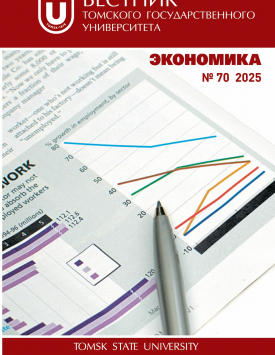Student loans: How are they changing the higher education funding landscape?
The article explores the role of student loans as a tool for financing higher education in Russia in the context of rising tuition fees and the established trend of decreasing public spending. The current practice of student loans in Russia and abroad is analysed, with a special focus on models where the state plays a key role in subsidising educational costs. The article considers the problems and limitations associated with the availability of student loans and suggests ways to improve their conditions, including the possibility of employers' participation in loan repayment. The article uses the data of a sociological survey, which obtained the opinions of expert economists (N=248) on the effectiveness of student loans as a mechanism for ensuring the financial accessibility of education. Student loans are considered as an important element of the financial system of higher education, but to achieve a sustainable effect it is necessary to improve the conditions of loan repayment and active participation of the private sector. The scientific novelty consists in a comprehensive analysis of existing mechanisms and the proposal of specific recommendations for improving student loans in Russia. The author declares no conflicts of interests.
Keywords
humanitarian sector of economy, public spending, individual payment, student loans, accessibility of higher education, financing of education, human capitalAuthors
| Name | Organization | |
| Arzumanyan Maria A. | Institute of Economics, Russian Academy of Sciences | arz.marie@mail.ru |
References

Student loans: How are they changing the higher education funding landscape? | Vestnik Tomskogo gosudarstvennogo universiteta. Ekonomika – Tomsk State University Journal of Economics. 2025. № 70. DOI: 10.17223/19988648/70/22
